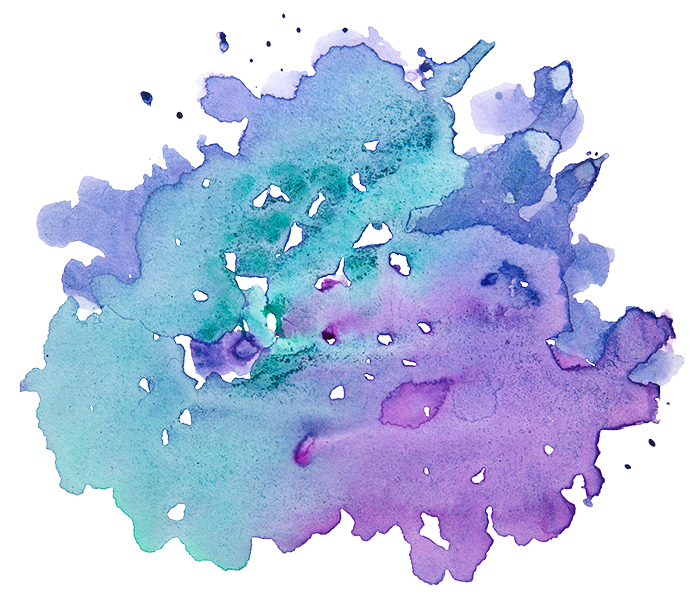By Lisa Berman, Paula Brody & Family Education Center Director at Mayyim Hayyim and “Cape Cod Girl”
In a recent class at Mayyim Hayyim, I asked a group of adults to recount a memorable encounter they’d had with water – positive or negative – that evoked an emotional response at the time. I was hoping that they would validate the title of my class, “The Transforming Power of Water.” They did not disappoint.
They told of the relief provided by the hot spray of a shower on a taut belly during labor. Of the unsettling vastness of the ocean at the railing of a boat out of sight of land. Of the feeling of being drawn to the water’s edge to walk… and walk… and walk. Of the meditative power of lap swimming, hearing only one’s rhythmic breath and the soft splash of strokes. Of the rejuvenating comfort of sinking into a hot tub after painful physical therapy. Of the silent, awe-inspiring canopy of stars overhead while floating on a lake at night. Of an almost out-of-body experience, falling into the warm waters of the Black Sea after marching all day with an unimaginably heavy load through heat and dust.
I, too, have water stories. There were terrifying moments in the Atlantic surf as it sucked me seaward, wave after chaotic wave. On the 10th anniversary of 9-11, I found myself walking a spit of land thrust out into the Atlantic in Chatham, MA, held by the comfort of the nearby lighthouse beam and the shush of the waves, examining more closely than ever before every perfect shell, every S-shaped strand of seaweed, every sandpiper and tiny transparent jellyfish. I ocean-swim on the Cape well before July 4th and on most Columbus Days. I swam in the unnaturally calm, fog-shrouded Atlantic a few hours before Hurricane Irene hit. And yes, I still swim where great white sharks cruise nearby these days (I just try not to look like a seal).
What draws us to water? 60% of our body is made of water. We come from water – both from an evolutionary perspective and from the amniotic fluid we spend our first 9 months floating in. We feel physically renewed, rejuvenated, restored by floating, swimming, soaking, submerging – even just walking near or looking out at water. We know that we cannot live without water, nor can we live with too much of it. We can feel healed, calmed, intimidated or menaced by it.
Going into the mikveh, we immerse in an element both primal and potentially powerful. Once submerged though, we cannot remain there more than a few moments and live. We must emerge from the water, breathe, confront our terra firma (solid earth), and move on. Perhaps it is this opportunity to release completely – to let go of the pull of gravity and the pull of our daily life – that draws us to it. It can hold us, supported by an unseen force, for as long as we need it.
Join in the conversation – tell us your water story!
Lisa Berman, Education Center Director, has been involved with Mayyim Hayyim since its opening in May 2004. Lisa trained as a Volunteer Mikveh Guide and then served as the liaison to area congregational religious schools and adult study groups. Since 2006, Lisa has directed the Paula Brody & Family Education Center, where she develops curricula for all ages and interest levels; she also organizes and oversees more than 90 programs annually. A convert, Lisa is especially sensitive to the challenges experienced by interfaith families, particularly around milestone events.

